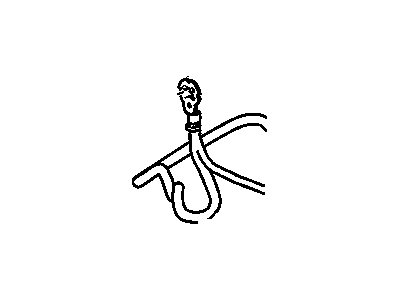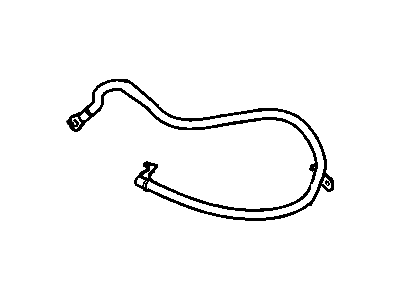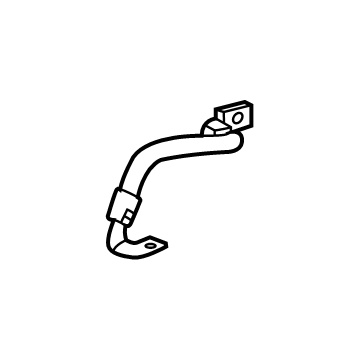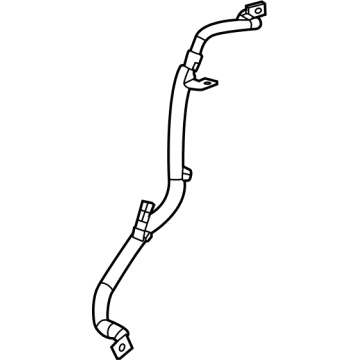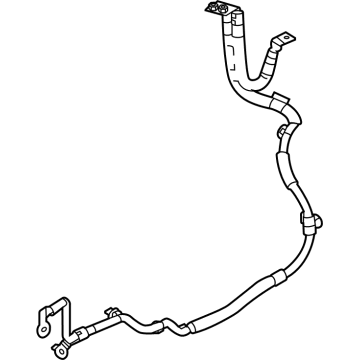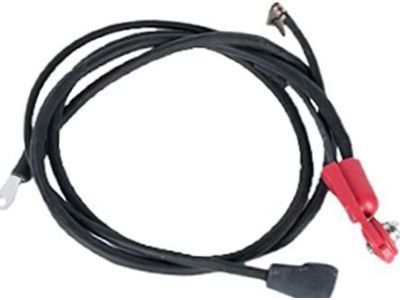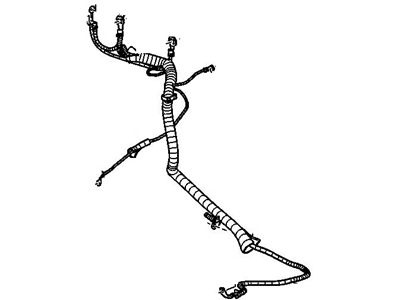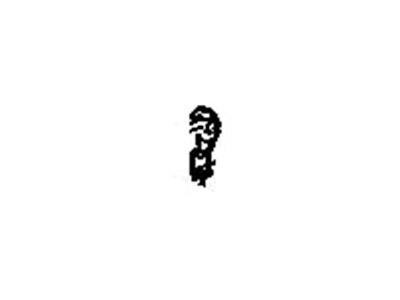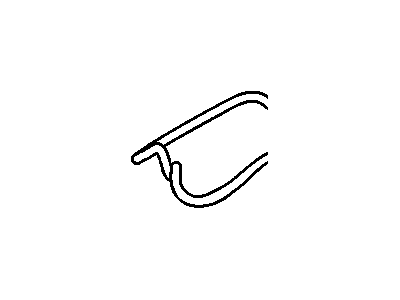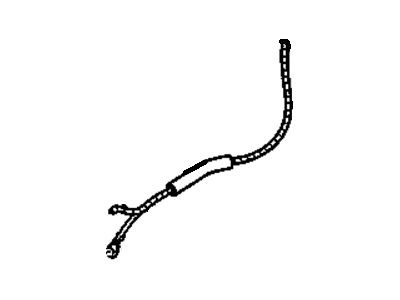
My Garage
My Account
Cart
Genuine Chevrolet Trailblazer Battery Cable
Car Battery Cable- Select Vehicle by Model
- Select Vehicle by VIN
Select Vehicle by Model
orMake
Model
Year
Select Vehicle by VIN
For the most accurate results, select vehicle by your VIN (Vehicle Identification Number).
13 Battery Cables found
Chevrolet Trailblazer Cable,Battery Negative
Part Number: 88987108$193.24 MSRP: $364.60You Save: $171.36 (47%)Ships in 1-2 Business DaysChevrolet Trailblazer Cable,Battery Positive
Part Number: 88986186$317.27 MSRP: $589.50You Save: $272.23 (47%)Chevrolet Trailblazer CABLE ASM-BAT NEG
Part Number: 42776668$46.47 MSRP: $87.68You Save: $41.21 (47%)Ships in 1-3 Business DaysChevrolet Trailblazer CABLE ASM-BAT NEG
Part Number: 42776669$100.05 MSRP: $188.78You Save: $88.73 (47%)Chevrolet Trailblazer Cable Assembly, Bat Pos
Part Number: 42737314$59.69 MSRP: $112.62You Save: $52.93 (47%)Ships in 1-3 Business DaysChevrolet Trailblazer Cable Assembly, Bat Pos
Part Number: 42747437$193.13 MSRP: $364.40You Save: $171.27 (47%)Ships in 1-3 Business DaysChevrolet Trailblazer Cable Assembly, Bat Pos
Part Number: 42747436$102.89 MSRP: $194.14You Save: $91.25 (47%)Ships in 1-3 Business Days
Chevrolet Trailblazer Battery Cable
Battery Cable in Chevrolet Trailblazer cars and other vehicles are parts which are responsible for the circulation of power from the battery to other electrical units, for allowing the starter to work and for ignition of the vehicle's engine. They can stretch and weaken due to such causes as oxidation and corrosion over time and this may lead to starting problems or total failure to start. Since poor connection between the battery and starter can be as a result of bad cables, it is advisable for one to check the cables regularly in order to ensure they are still in good health. Various types of Battery Cable may have been used in the Trailblazer models, with the main differences normally concerned with the materials used for the cables and the connectors used to link the cables up. Some of the behavioural problems can be rectified through the provision of premium replacement battery cables to guarantee the operations. Trailblazer electrical troubles can be avoided if users ensure that they use substitute parts that were sourced from reliable outlets and are original equipment standard.
Each OEM Chevrolet Trailblazer Battery Cable we offer is competitively priced and comes with the assurance of the manufacturer's warranty for the part. Furthermore, we guarantee the speedy delivery of your orders right to your doorstep. Our hassle-free return policy is also in place for your peace of mind.
Chevrolet Trailblazer Battery Cable Parts Questions & Experts Answers
- Q: How to inspect and replace battery cables on Chevrolet Trailblazer?A:Periodically inspect the entire length of each battery cable for damage, cracked or burned insulation and corrosion. Poor battery cable connections can cause starting problems and decreased engine performance. Check the cable-to-terminal connections at the ends of the cables for cracks, loose wire strands and corrosion. The presence of white, fluffy deposits under the insulation at the cable terminal connection is a sign that the cable is corroded and should be replaced. Check the terminals for distortion, missing mounting bolts and corrosion. When removing the cables, always disconnect the negative cable first and hook it up last or the battery may be shorted by the tool used to loosen the cable clamps. Even if only the positive cable is being replaced, be sure to disconnect the negative cable first. Disconnect the old cables from the battery, then disconnect them at the opposite end. Detach the cables from the starter solenoid, underhood electrical center and ground terminals, as necessary. Note the routing of each cable to ensure correct installation. If you are replacing either or both of the battery cables, take them with you when buying new cables. It is vitally important that you replace the cables with identical parts. Cables have characteristics that make them easy to identify: positive cables are usually red and larger in cross-section: ground cables are usually black and smaller in cross-section. Clean the threads of the starter solenoid or ground connection with a wire brush to remove rust and corrosion. Apply a light coat of battery terminal corrosion inhibitor or petroleum jelly to the threads to prevent future corrosion. Attach the cable to the terminal and tighten the mounting nut/bolt securely. Before connecting a new cable to the battery, make sure that it reaches the battery without having to be stretched.
